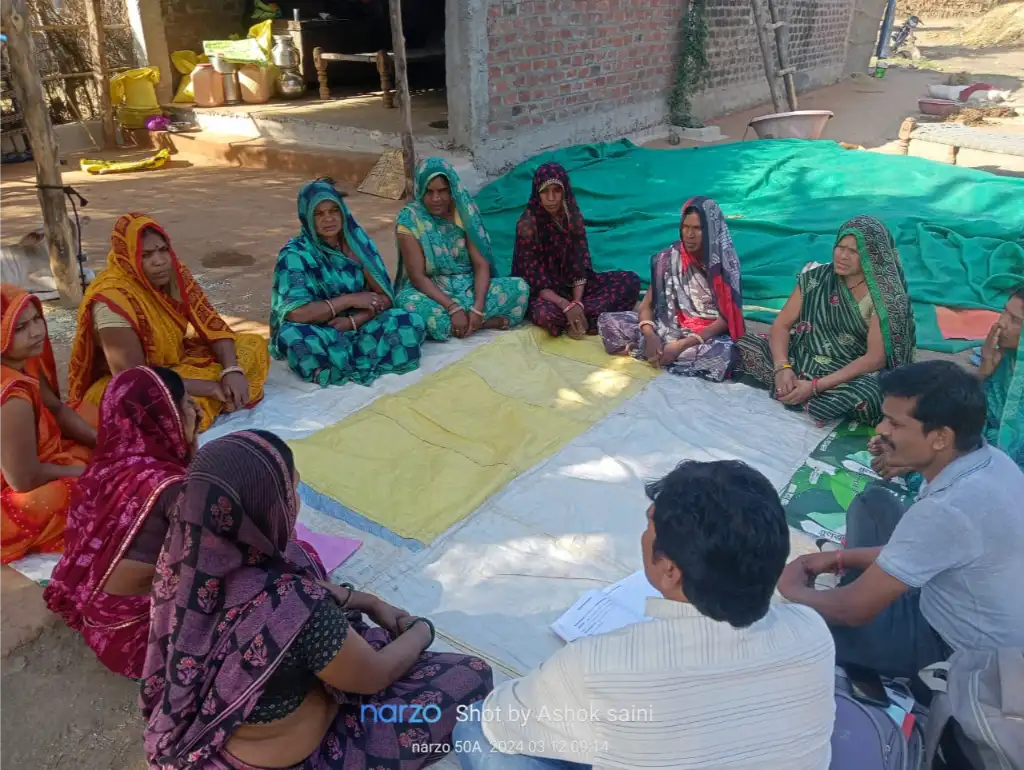It is essential to have foods made of millets on our plates. This was the conclusion reached by Samiti leaders at a Kantaphod Pragati Samiti meeting.
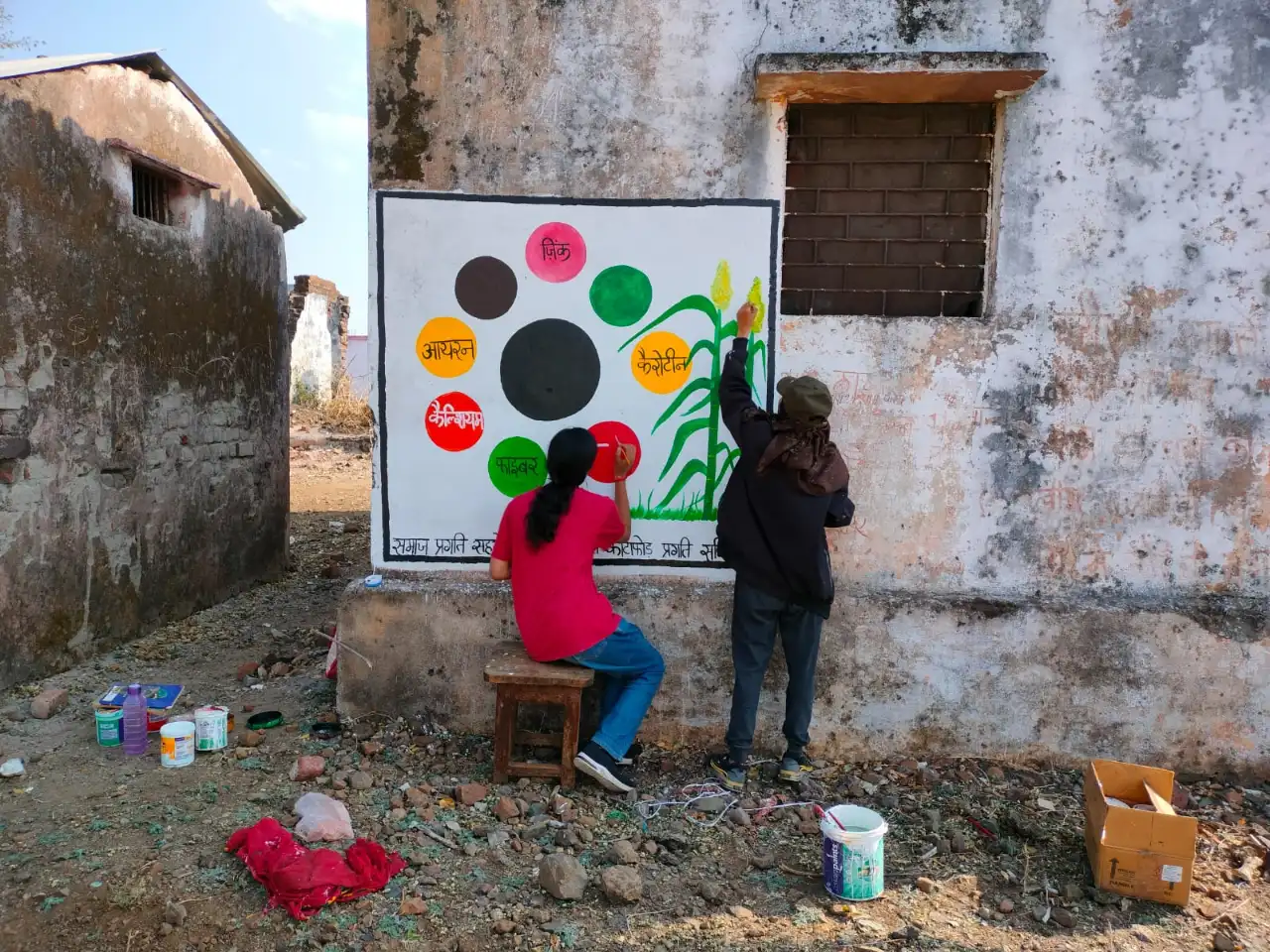
During the discussion between the committee leaders and workers, it came out that we have to spread awareness about the use and importance of coarse grains in our working area through wall paintings, mobile cinema and street plays, so that people know about the benefits of coarse grains like jowar, bajra, ragi, buckwheat, kodo, kangni etc.
The Kantaphod Pragati Samiti began implementing this plan through its ‘Health and Nutrition’ programme across 20 villages in 15 nearby panchayats, emphasising the importance of jowar through wall paintings, while mobile cinema screenings of the documentary ‘Jowar Gatha’ were held in 5 villages to motivate people to start consuming foods made of jowar. In coming days, the film is to be screened in all 20 villages.
Millets have been very much a part of our diets for centuries. They contain nutrition in the form of fibre, protein, phosphorus, zinc, amino-acids, etc. Also, they are free of the gluten contained in wheat that many find harmful.
In India, they are grown in states like Madhya Pradesh, Uttar Pradesh, Rajasthan, Karnataka, Maharashtra, Gujarat, Haryana etc. All these are rain-fed crops, which require very little cost and at the same time, cattle like to eat their crunchy leaves with great fondness.
Millets have been very much a part of our diets for centuries. They contain nutrition in the form of fibre, protein, phosphorus, zinc, amino-acids, etc. Also, they are free of the gluten contained in wheat that many find harmful.
Even so, farmers are reluctant to grow millets these days because of the lack of fixed minimum support prices in the market. They are increasingly turning to soybean, which is less labour-intensive while giving higher yields. This is happening despite millets being climate-resilient and soybean being susceptible to the vagaries of weather.
In India, the year 2018 was celebrated as the “National Year of Millets”. The government declared these millets as nutritious grains or nutri-cereals. Based on India's proposal, the United Nations declared the year 2023 as the 'International Year of Millets'.
Jowar is an ancient grain, of great benefit to health and nutrition. During the Hissedari Sabha sessions this month and after screenings of ‘Jowar Gatha’, members stressed the virtues of jowar as old memories surfaced. They spoke of how it helps increase haemoglobin; how rotis made of jowar are easy to digest and do not lead to gas, and can safely be consumed by pregnant women. Jowar rotis also help keep sugar levels low in persons with diabetes. In these ways, including jowar in the diet is good for everybody. In our village, when people regularly ate jowar rotis and other jowar-based foods, there was less disease and families had fewer medical expenses – but now, wherever you look, half the members of every family are popping pills. This time around, we’ve all decided to grow jowar crops in a portion of our fields. If you have just one farmer growing jowar, the crop is at the mercy of birds, but we must come together to encourage jowar cultivation. Members from Kharadi, Hirapur (Kheda), Tumdikheda, Jansur, Bhayali and Laalkhedi villages have all decided to join hands in this endeavour.
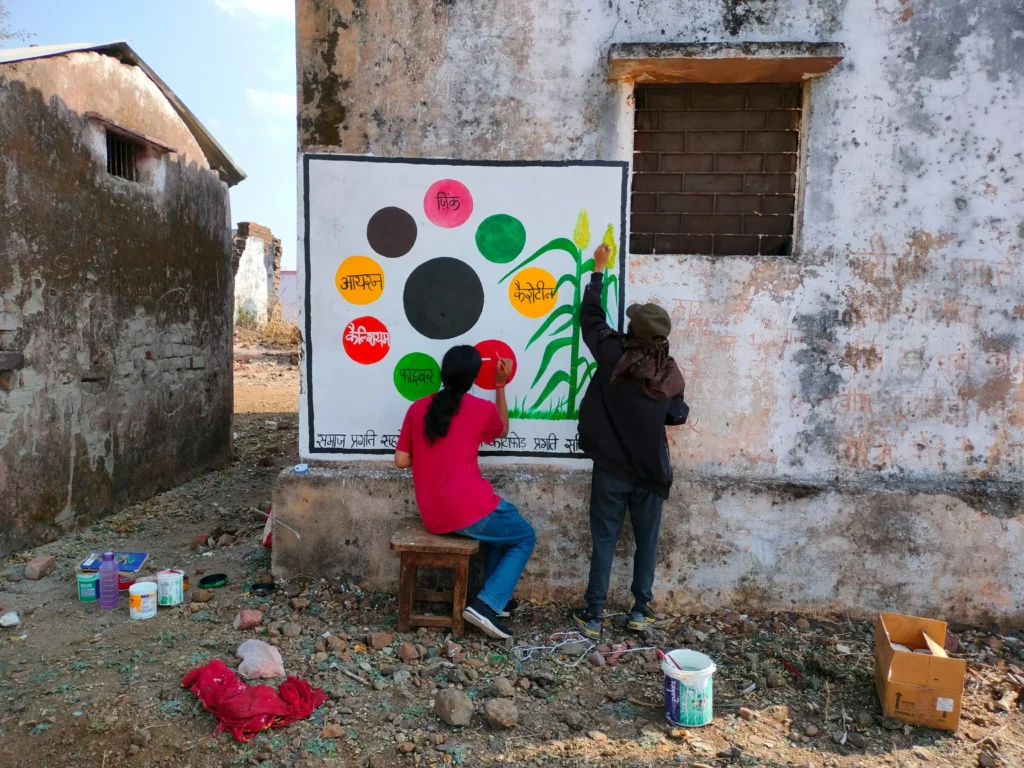

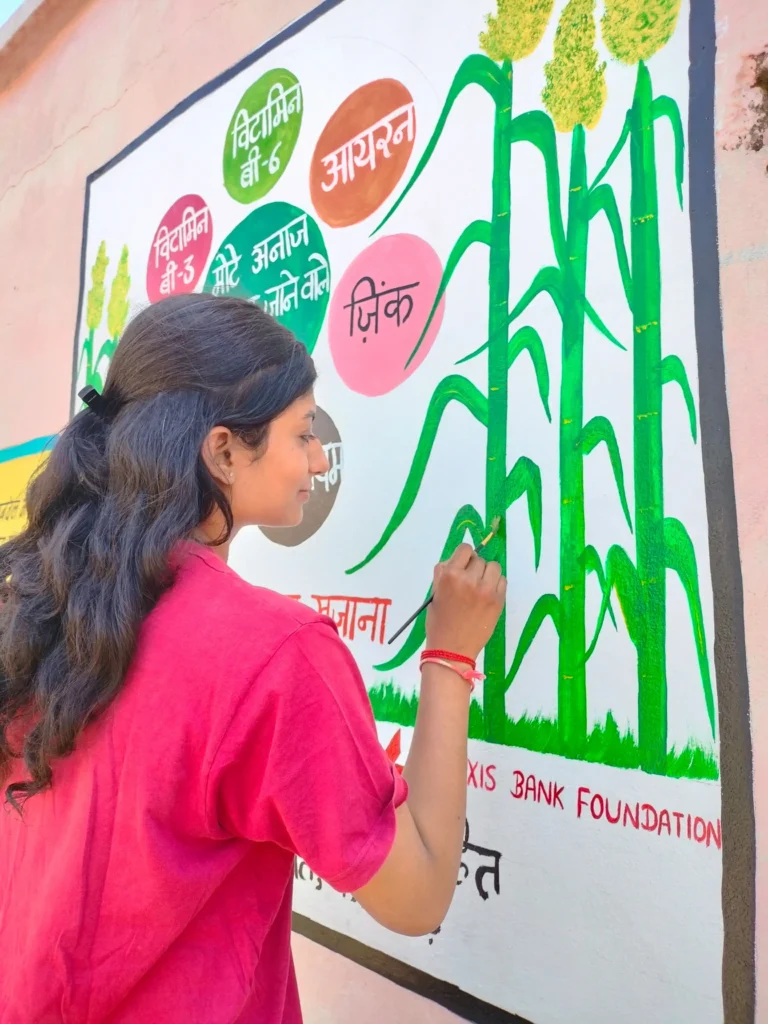
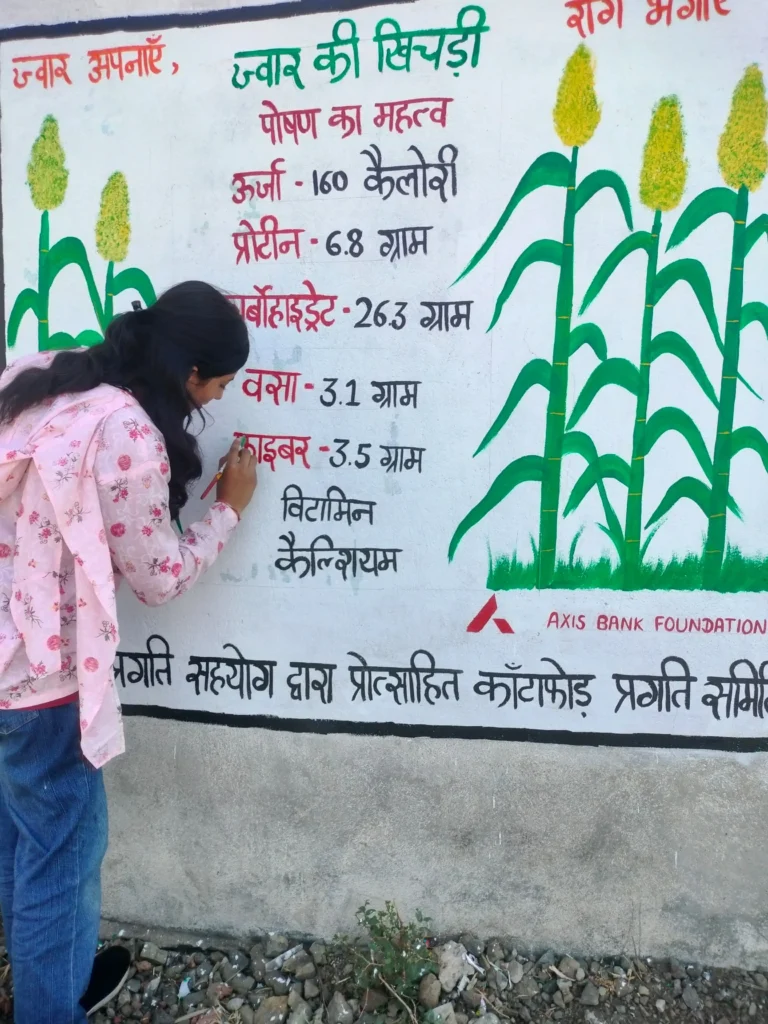
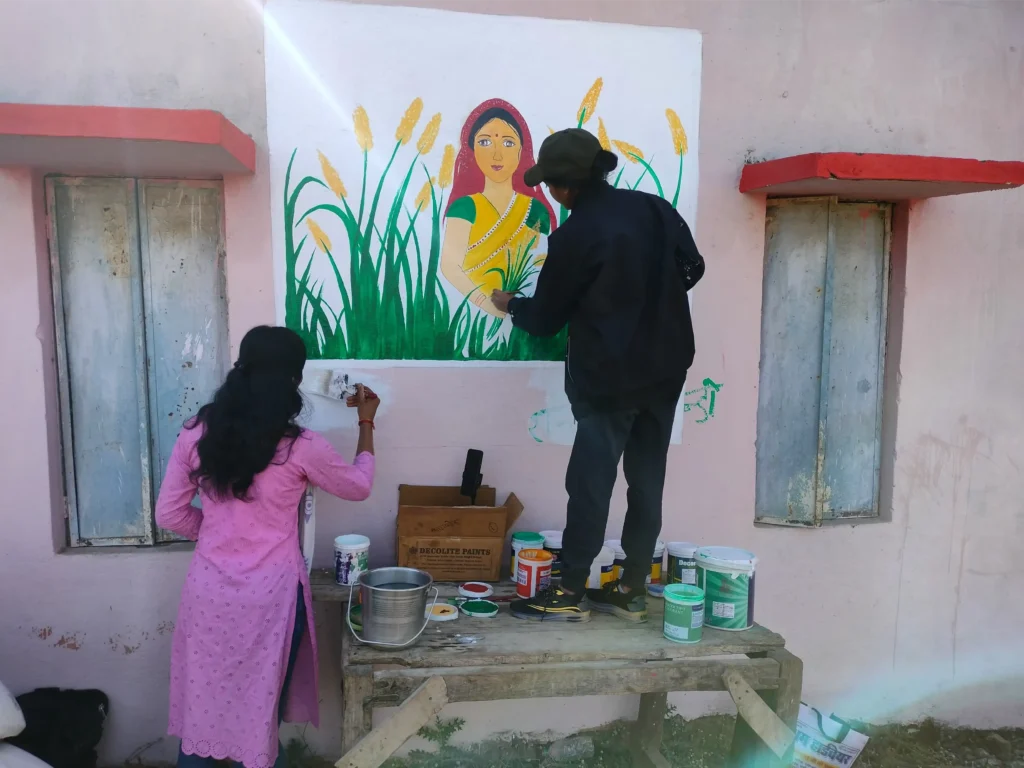
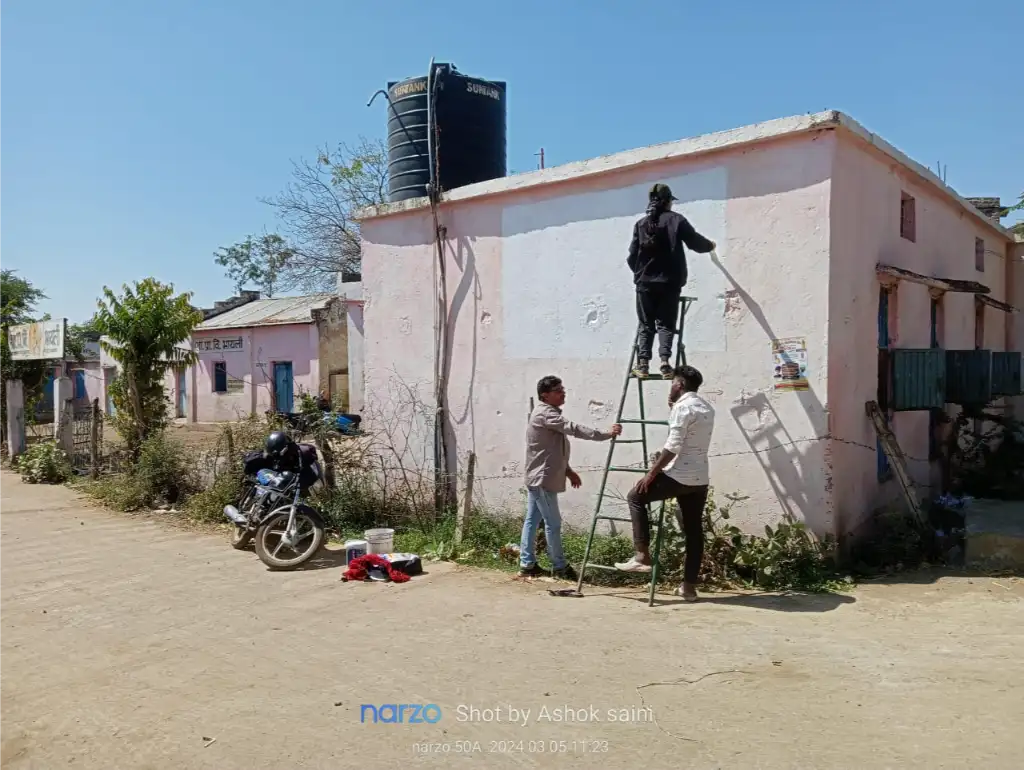
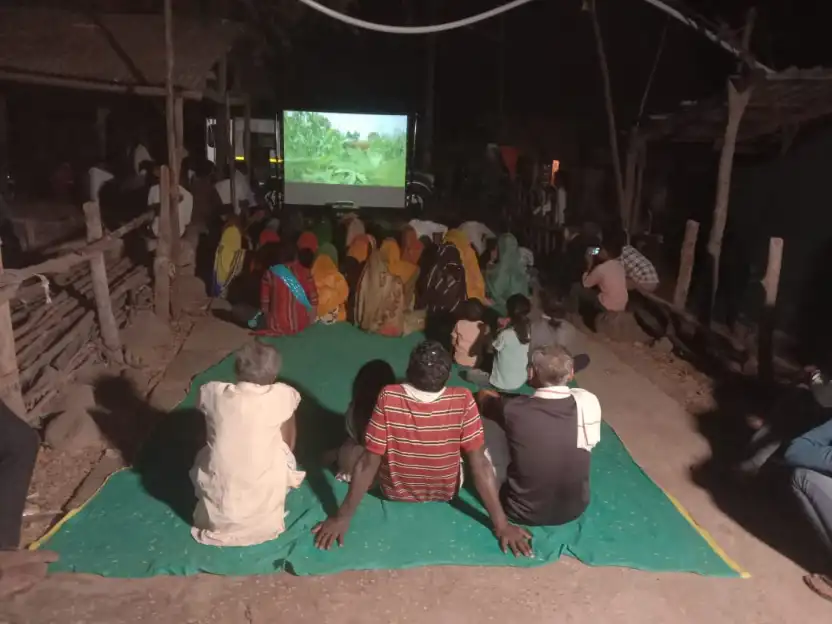


Cinematography: Kachru Alawa, Ashok Nayak, Sailesh Alawa, Ashok Saini, Narendra Barwal, Dilip Kumar Evene, Karan Bachania
Writing: Santosh Saini
Editing: Ajaad Singh Khichi

